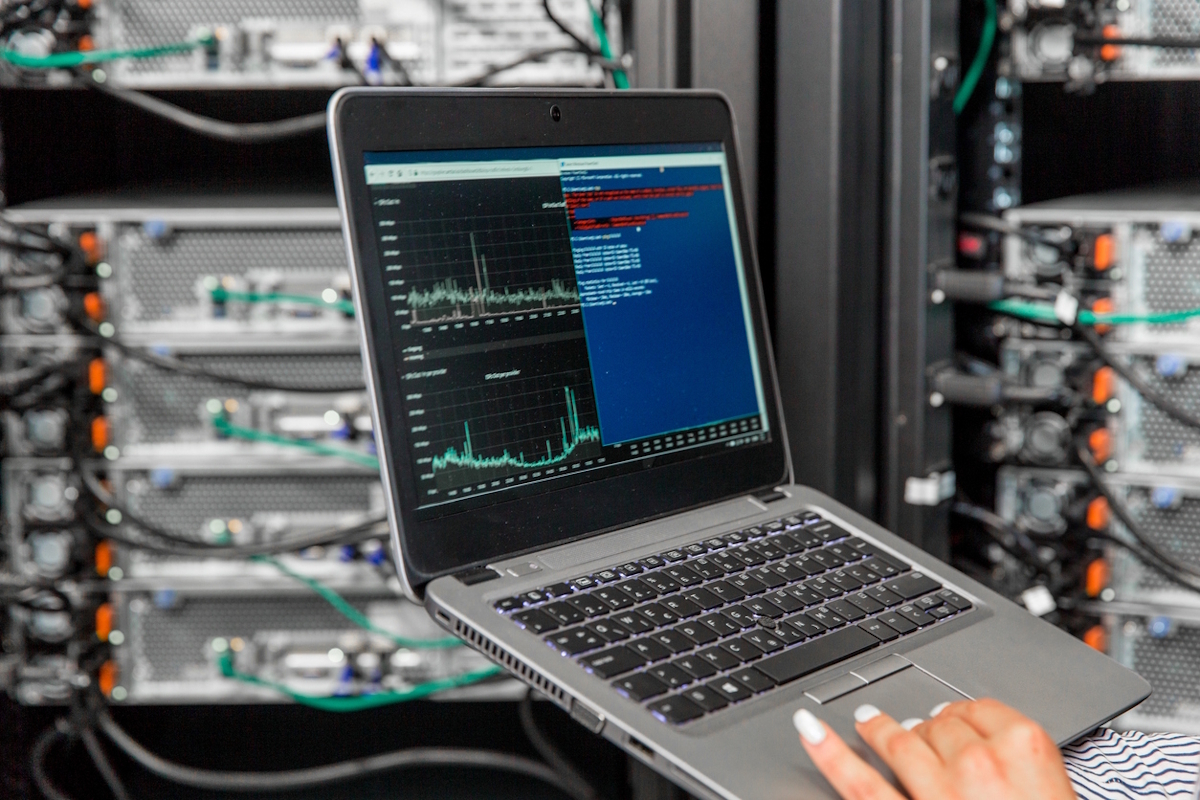Rethinking network monitoring strategies

Jamie Beckland, CPO at APIContext explores why organisations should rethink their approach to network monitoring
Network monitoring plays a critical role in maintaining the security and performance of an organisation’s IT infrastructure. Similar to how your smartwatch gives you a real-time sense of your vital signs to understand your well-being, cyber-security teams use network monitoring to track traffic, detect anomalies and prevent threats before they become full-blown incidents.
Without continuous monitoring, both health and cyber-security risks can go unnoticed, leading to costly consequences.
However, current network monitoring approaches primarily focus on live traffic monitoring, including tracking real users, real calls, and real-time performance, which results in high costs and scalability challenges.
To meet modern demands for network effectiveness without the risk of skyrocketing budgets, it has become imperative for organisations to reassess their current network monitoring approaches to pinpoint areas where current methods may create excessive overhead and cost. But how?
The challenges of traditional network monitoring
Traditional network monitoring methods rely on protocols such as Simple Network Management Protocol (SNMP), Internet Control Message Protocol (ICMP), and Syslog to gather information about network device status, performance, and traffic flow, often using tools that scan, analyse and report on network health.
Yet, it is clear from the sheer volume of traffic being generated, traditional networking methods are becoming difficult to manage and sustain and they create significant limitations for organisations. For instance, real-time monitoring often generates an overwhelming amount of data, making it challenging for organisations to analyse logs effectively. This can lead to wasted cycles, delays in identifying critical issues and even misinterpretations that result in poor decision-making.
Additionally, the costs associated with infrastructure and personnel can grow unchecked as network traffic increases. The larger the volume of traffic, the greater the operational burden, leading to higher expenses and increased strain on IT teams. As internal IT operations expand, organisations are forced to evaluate whether their current monitoring strategies are sustainable.
Furthermore, traditional monitoring tools are designed for on-premises infrastructure, making it difficult for organisations to track activity in cloud environments, SaaS applications and remote workforces.
This lack of oversight creates security blind spots that cyber-criminals can exploit, increasing the risk of undetected breaches and data leaks. Without full visibility, organisations can struggle to identify and respond to threats in real time, leading to delayed incident response and greater potential damage.
Meeting compliance with regulatory frameworks has also become more challenging, as businesses must demonstrate control over their data and security posture. To stay ahead of evolving threats, organisations need modern monitoring solutions that provide comprehensive insights across all digital environments.
Exploring alternative approaches, such as synthetic monitoring, can help maintain high levels of visibility while reducing complexity and expense. A reassessment of network monitoring practices can help teams remain agile, efficient, and prepared for future challenges.
The role of synthetic monitoring
Synthetic monitoring presents a more targeted and cost-effective alternative to traditional network monitoring by simulating application calls to proactively identify issues. Unlike real user monitoring, which relies on tracking live user activity, synthetic monitoring operates independently of actual network traffic, making it significantly more scalable and cost effective for organisations.
By reducing reliance on continuous real-time traffic analysis, synthetic monitoring helps organisations avoid maintaining full logs of all network data, which can be costly to store, process and analyse.
This streamlined approach not only lowers infrastructure demands but also allows staff to focus on key operational improvements, instead of cataloguing large data sets. It also makes it cost effective to maintain detailed longitudinal data about performance, reliability, and resilience much longer than similar timescales for real network logs.
As a result, businesses can allocate resources more efficiently, cutting down on operational expenses while maintaining high levels of network visibility and performance.
Synthetic monitoring uses automated scripts to replicate user interactions and test network performance under controlled conditions. It detects issues such as latency problems, bottlenecks and potential failures before they impact end-users.
Crucially, synthetic monitoring enables continuous assessment of network reliability, including during off-peak hours when real-time traffic may be insufficient to reveal hidden vulnerabilities.
Additionally, it offers a proactive defence against network disruptions, helping organisations to mitigate downtime and improve overall resilience. Incorporating synthetic monitoring into the broader network strategy maintains high levels of service performance while significantly reducing the financial and operational burden associated with traditional real-time monitoring.
Strategies for optimising network monitoring
As networks become more complex, adopting a hybrid approach that blends real-time and synthetic monitoring can help organisations improve mean time to issue detection and resolution. However, they must strike the right balance between the two. While real traffic analysis remains essential in certain cases, relying solely on it can be resource intensive and excessive.
A hybrid approach that integrates automation and AI-driven analytics can enhance monitoring capabilities, enabling faster anomaly detection, and reducing the need for manual intervention.
One way to get the balance right is to look towards implementing a tiered monitoring process. In this model, critical systems receive real-time tracking, while less sensitive areas rely on synthetic testing to help balance costs without compromising security or performance.
Another option is to rely on different systems for different timescales. Emergent issues can be identified with real monitors, then investigated and replicated to pinpoint faults with synthetic monitoring. Regular reviews and refinements of network monitoring strategies are also essential, ensuring that organisations stay ahead of evolving challenges while maintaining seamless operations.
The role of APIs plays a crucial role in this evolution, enabling seamless integration between monitoring tools and network infrastructure, facilitating data-driven decision-making, and enhancing automation capabilities. As the technological landscape continues to evolve, organisations may find that they benefit from implementing a platform that conducts synthetic monitoring through API-driven insights, ensuring continuous performance optimisation.
A strategic, hybrid approach ensures optimal visibility, reduces operational burdens, and enhances overall network resilience.
By integrating synthetic monitoring and leveraging automation, businesses can proactively identify issues without the need for constant live tracking. By refining network monitoring strategies, resiliency teams can future-proof their infrastructure, minimise downtime, and maintain seamless, high-performing operations.
Jamie Beckland is CPO at APIContext
Main image courtesy of iStockPhoto.com and CasarsaGuru

Business Reporter Team
You may also like
Most Viewed
Winston House, 3rd Floor, Units 306-309, 2-4 Dollis Park, London, N3 1HF
23-29 Hendon Lane, London, N3 1RT
020 8349 4363
© 2025, Lyonsdown Limited. Business Reporter® is a registered trademark of Lyonsdown Ltd. VAT registration number: 830519543





